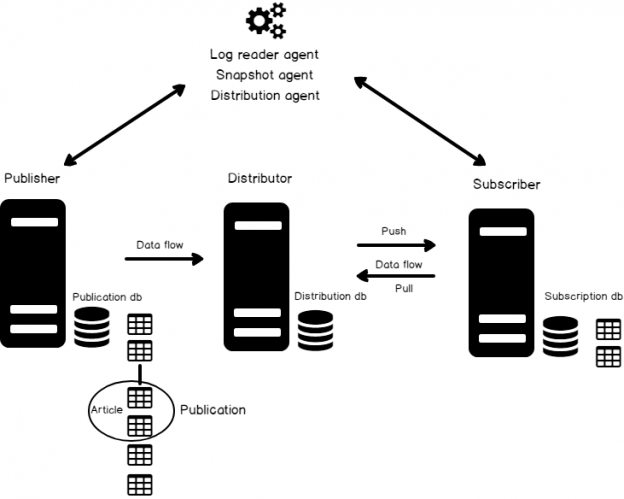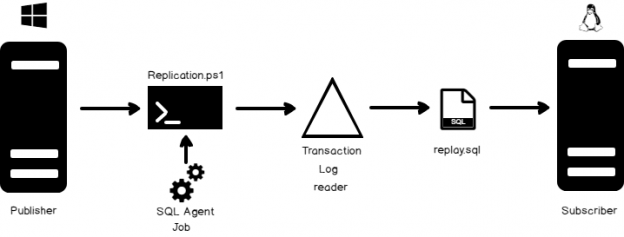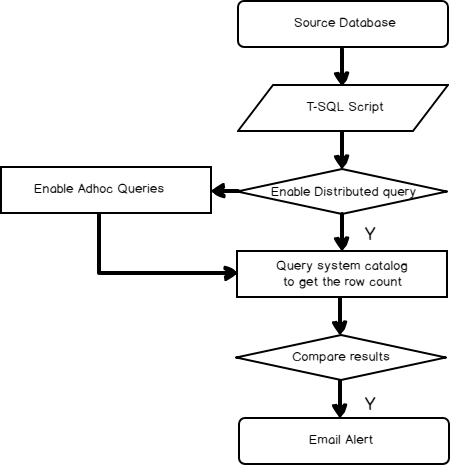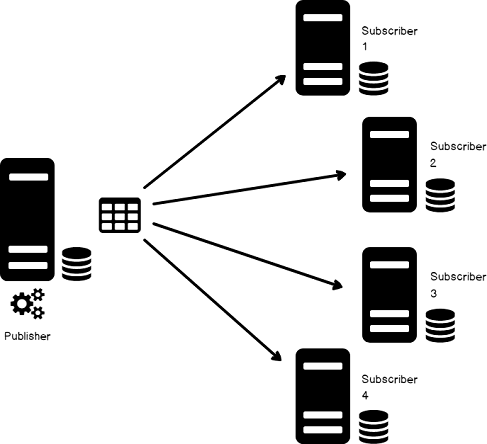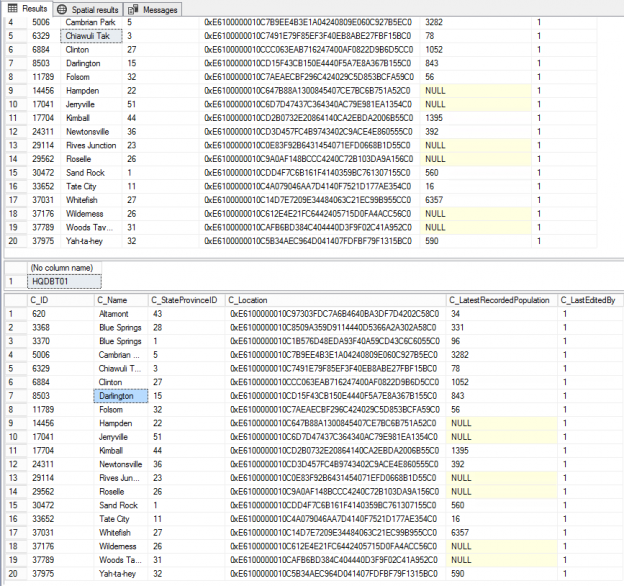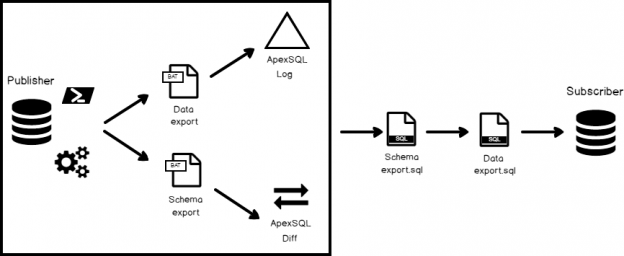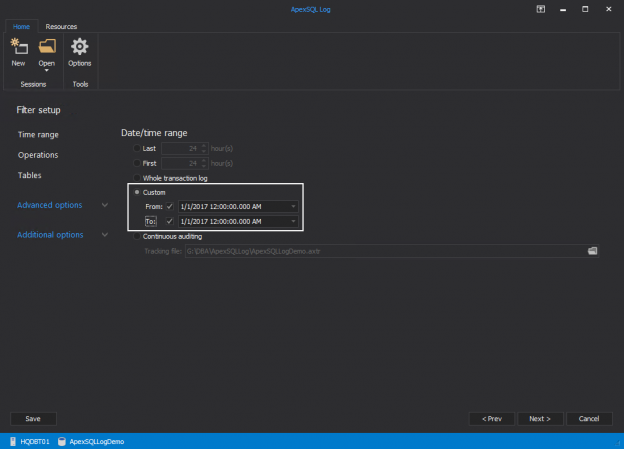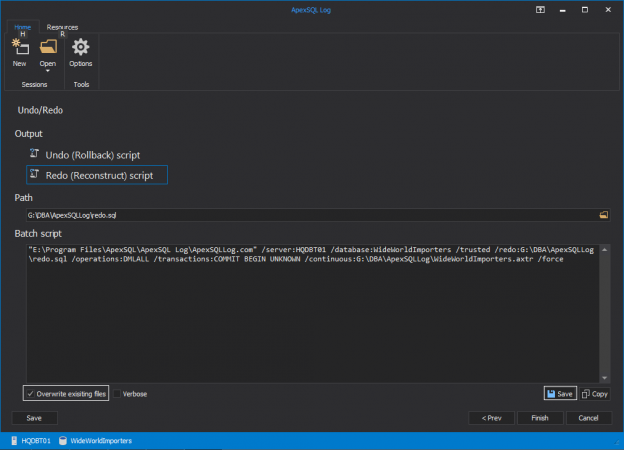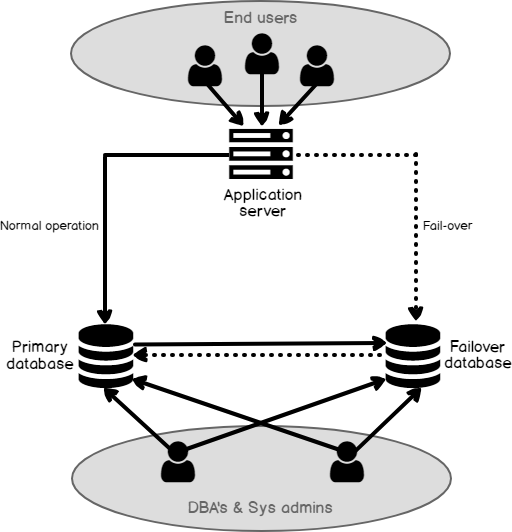The volume of data retained, managed, and accessed today is unprecedented. Businesses expect the IT department to keep data online and accessible indefinitely, putting intense pressure on the databases required to store and manage it. To meet today’s needs; we need to replace outdated and inefficient legacy processes with new, more agile techniques. SQL Server Replication is one of the techniques to accommodate such demands.
Read more »
